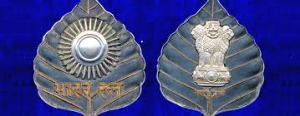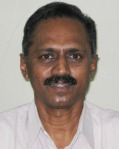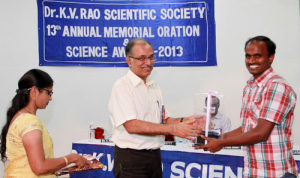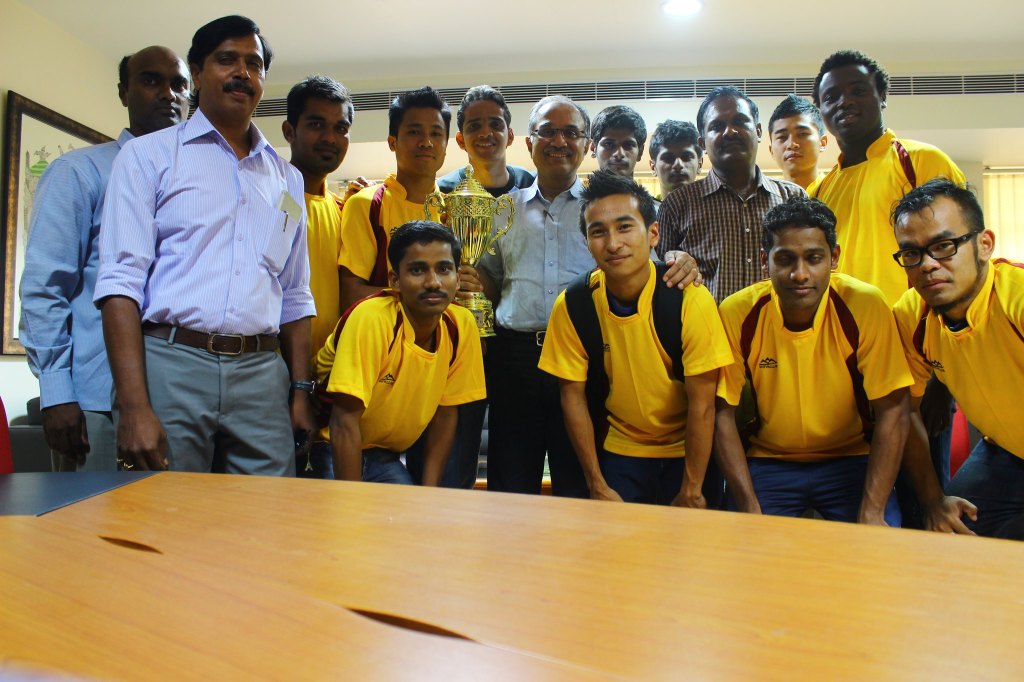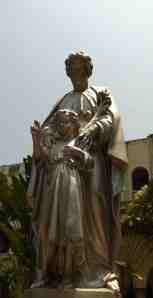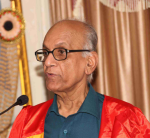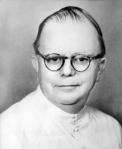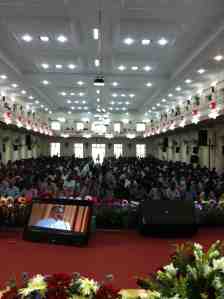One could not have asked for a more satisfying closure to my time at the University of Hyderabad. The day I left the University, there was the following press release from Rashtrapati Bhavan:
UNIVERSITY OF HYDERABAD WINS
VISITOR’S AWARD FOR BEST UNIVERSITY
 The President of India, Shri Pranab Mukherjee will present Visitor’s Awards for Central Universities in the categories of ‘Best University’, ‘Innovation’ and ‘Research’ for the year 2015 at a function to be held at Rashtrapati Bhavan on February 4, 2015. This function will coincide with the third Conference of Vice Chancellors of Central Universities scheduled to be held from February 4-5, 2015.
The President of India, Shri Pranab Mukherjee will present Visitor’s Awards for Central Universities in the categories of ‘Best University’, ‘Innovation’ and ‘Research’ for the year 2015 at a function to be held at Rashtrapati Bhavan on February 4, 2015. This function will coincide with the third Conference of Vice Chancellors of Central Universities scheduled to be held from February 4-5, 2015.
The Visitor’s Award for the Best University will be awarded to University of Hyderabad.
The President had announced institution of these awards at the Vice Chancellors’ Conference last year with the aim of promoting healthy competition amongst Central Universities and motivating them to adopt best practices from across the world.
Rashtrapati Bhavan : 29.01.2015, 15:20 hrs
It’s really nice that we (since I do continue as Honorary Professor in the School of Chemistry as well as in the Department of Biotechnology and Bioinformatics at the UoH, I guess I am entitled to say we!) have been given the award in the very first year it was instituted.
There are two other Visitor’s Awards, for Innovation and for Research, and as the press release points out carefully, The Best University will receive a Citation and Trophy while winners of the Visitors’ Award for Innovation and Research will receive a Citation and cash award of Rs. 1 lakh. I think that’s just as well; while some money would have been nice, the honour is in fact greater. Let’s hope that this will translate into more recognition later.
Over the past three years the President has been emphasizing the need for quantitative markers of excellence, indicators that goes beyond just reputation. While that is in fact important, I am not sure that getting into world rankings such as the QS or THE lists really serves us well at this stage of development of our University system. Within India we have the NAAC, but that has its own constraints. In any case the ranking agencies outside India do it for a range of reasons, some of which are tied into the manner of funding of universities, both public and private. I suspect there is virtually no system of ranking that is foolproof, and most of the time, criteria can be tweaked very effectively as any examination of ranks between 10 and 100 will reveal.
While the Visitor’s Award is for performance within a small group of Central Universities, it is nevertheless one way to spur us on to do even better, and to think more seriously about where we are, where we want to be, and just how to get there. No poetry quotes this time, we’ll get there only by some fairly hard work…




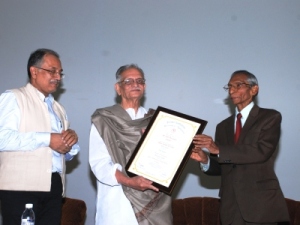
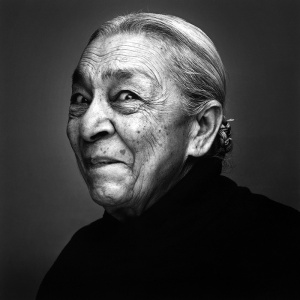
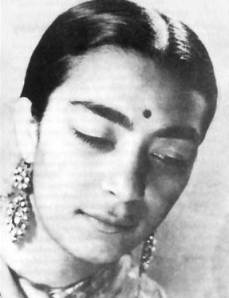 Dear Mr. Ramaswamy,
Dear Mr. Ramaswamy,

